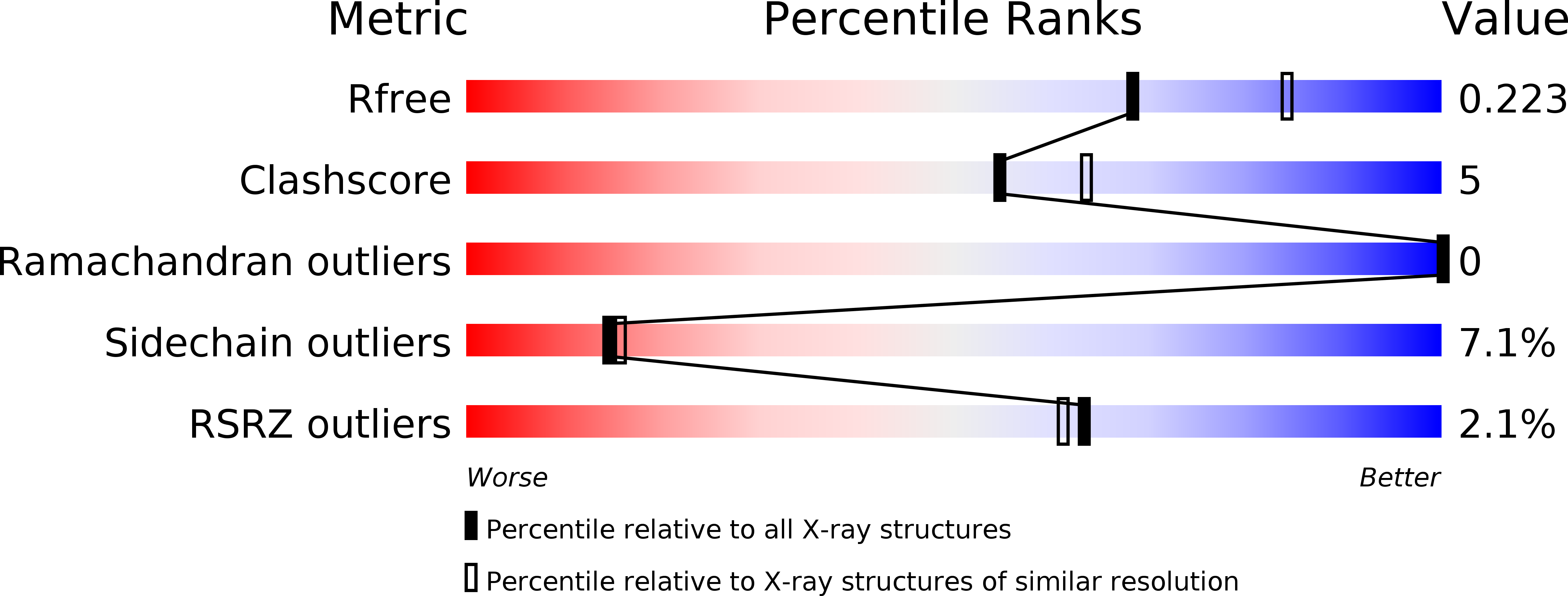
Deposition Date
2017-06-02
Release Date
2018-04-25
Last Version Date
2023-11-22
Method Details:
Experimental Method:
Resolution:
2.20 Å
R-Value Free:
0.21
R-Value Work:
0.20
R-Value Observed:
0.20
Space Group:
P 62


